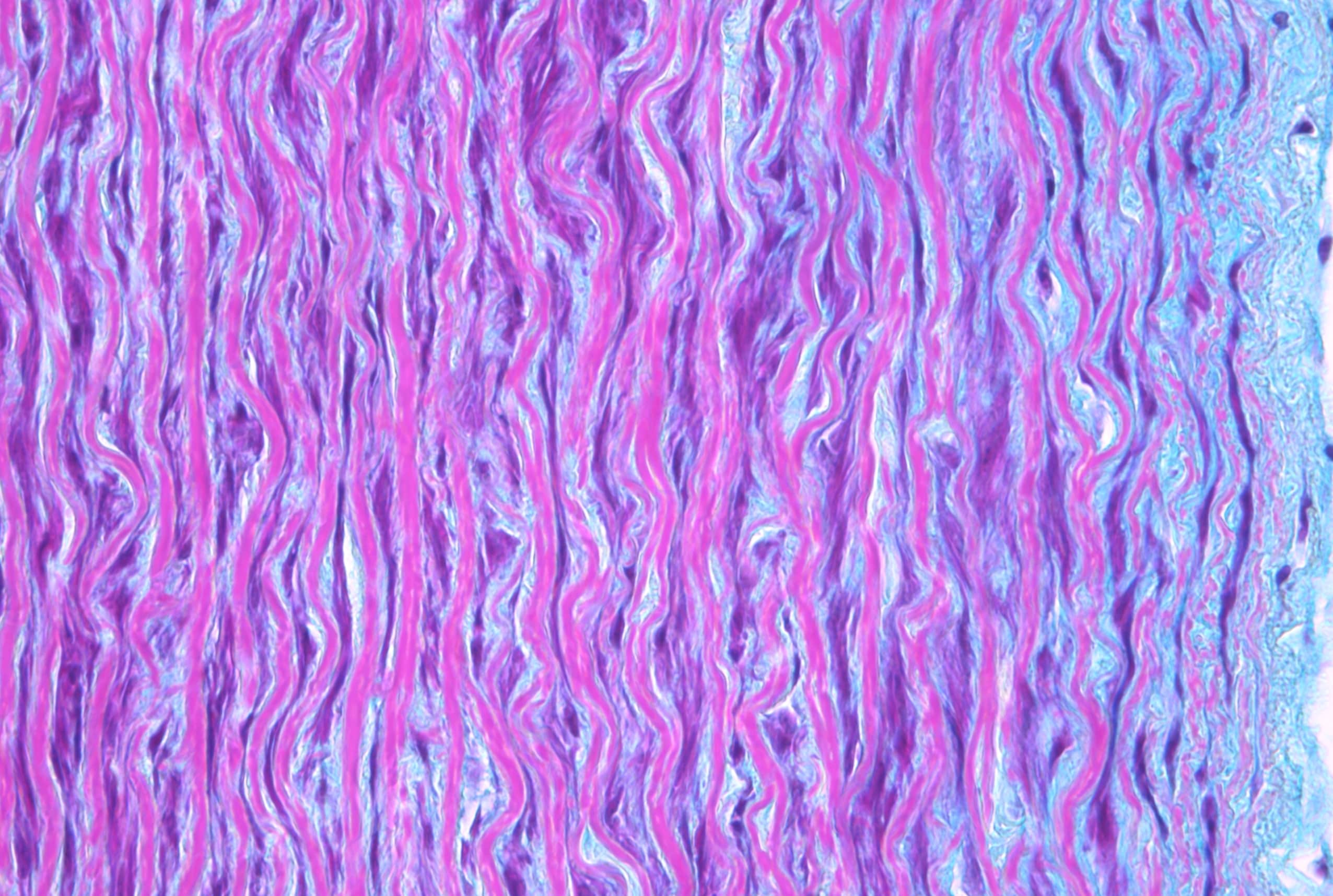Get Renovatio delivered to your inbox.
How many signs in the heavens and the earth do they pass by, turning away from them?
- Qur’an 12:105
The more the universe seems comprehensible, the more it also seems pointless.
- Steven Weinberg, Nobel Laureate in Physics

Understanding the universe is a core human need. For some people, modern science seems to be our best resource for meeting this need. After all, science provides us detailed physical descriptions of the world, including our own bodies. Consider, for instance, the following excerpt from a recent National Geographic special issue on the human body, under the heading “Endocrine System”:
Serving as master controllers for much of our metabolism are the hypothalamus and the pituitary gland. The hypothalamus is a region of the brain, not an organ on its own, but it nevertheless produces and releases hormones that control other glands. Some of these hormones stimulate action—such as growth—while others inhibit these same targets.
Why the opposing actions? The two responses illustrate the yin-yang genius of the endocrine system. Once a body response gets going—the growth of a child’s bones, for example—there will come a time, such as adulthood, when that action has to stop. The hypothalamus is a master of balance, keeping the body in tune and on time.1
Part of what is presented in this excerpt is factual (and useful): a child’s bones grow until a certain time, and that growth stops at adulthood. The scientific data also show a correlation between the hormones released from a cluster of cells and bone growth. But modern science interprets these data in an attempt to meet our need for understanding. It explains this purposeful process of bone growth, for instance, by saying that small blobs of gray matter (labeled the hypothalamus and the pituitary gland) masterfully balance bone growth. But does that really explain the agency behind this purposeful process? Can this gray matter really understand and balance proper bone growth? Can it care about us and purposefully act for our well-being? Describing a cell cluster as a “master of balance” and making a reference to “the genius of the endocrine system” are not explanations—unless we are willing to grant that these cells are geniuses that choose to compassionately work hard for us. Assigning agency and knowledge to unconscious cells is not a neutral observation, but rather an interpretation based on a naturalist approach. When cleared of such interpretations, what science offers us is a mere description of the fact that very purposeful and masterful things are taking place inside us. Such a description is no doubt helpful, but it does not give us an understanding of the world.2
For an understanding of existence, we can look to religion, and especially scripture. Indeed, the Qur’an claims to reveal the reality of the world to those who are willing and able to see the signs. However, Quranic Revelation points at the right questions to ask about reality, and challenges us to observe our experiences and deliberate about them. Through revelation, we can transform our observations and deepest questions about the world into an understanding that is enlightening and satisfying.
Get Renovatio delivered to your inbox.
These verses ask us to recognize how nature points to its Creator by drawing attention to how things often display qualities beyond their capacity. For example, with rain, lifeless earth springs to life. Superficially—and without divine guidance—we tend to misinterpret the fact that rain and life consistently accompany each other, and we think that rain is the cause of life. But these verses call us to be attentive to the purposes behind phenomena. It rains so that sustenance is provided for living things; similarly, winds are steered so that rain is sent down. The Qur’an enables us to read the event of the dead earth coming to life with rain as a sign that points us to the source of life and knowledge that lie beyond the ‘natural’ event. The Qur’an reveals that the rain does not just fall; it is sent down with purpose, and thus it gives us the news of a Wise and Powerful Life Giver. The rain, then, is speaking; it is declaring the beautiful names of God.10
Are there limits to what science can explain about the universe?
Add Your Voice